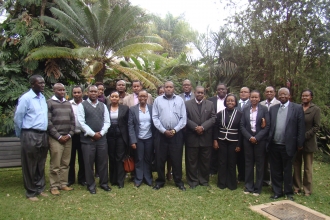Ecopayments and Deforestation in Costa Rica: A Nationwide Analysis of PSA’s Initial Years
We offer a nationwide analysis of the initial years of Costa Rica’s PSA program, which pioneered environmental-services payments and inspired similar initiatives. Our estimates of this program’s impact on deforestation, between 1997 and 2000, range from zero to one-fifth of 1% per year (i.e., deforestation is avoided on, at most, 2 out of every 1,000 enrolled hectares). The main explanation for such a low impact is an already low national deforestation rate. We also consider the effect of enrollment.



